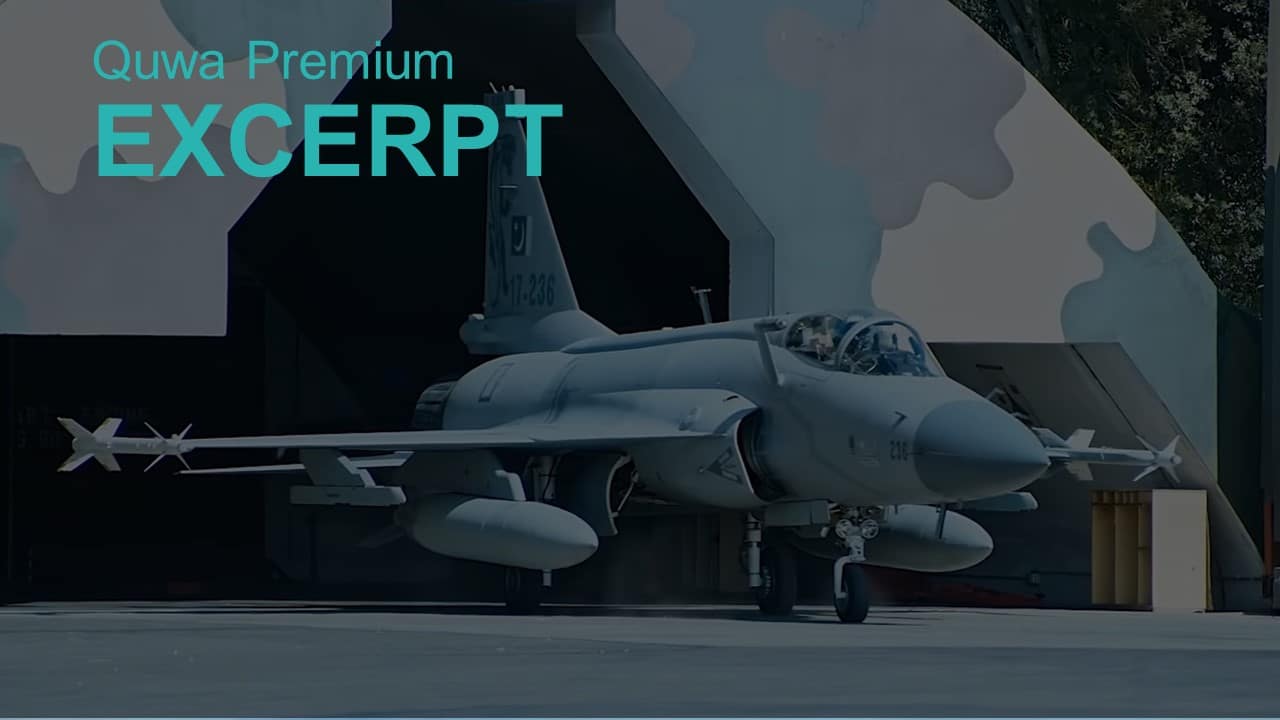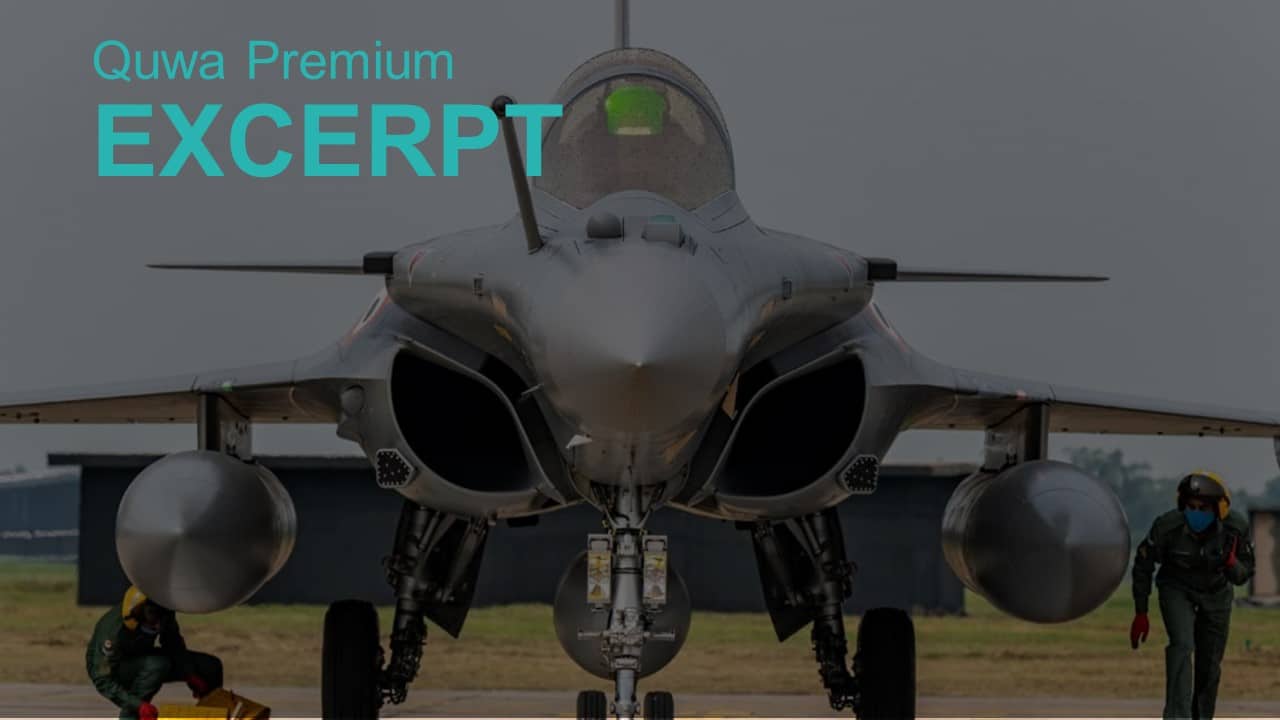2042Views

Why Reinforcing the JF-17 Program is a Valid Strategic Move
As recently as 08 April 2019, the Indian government and the Indian Air Force (IAF) insisted that the IAF had shot down a Pakistan Air Force (PAF) F-16, showing apparent radar images of the incident.
Not only did Inter Services Public Relations (ISPR) – which is the media arm of the Pakistani Armed Forces – reject New Delhi’s assertion, but it issued its own claim of the PAF downing a second IAF jet in addition to the MiG-21bis. Thus far, the only verifiable kill was that of the IAF MiG-21bis and, more broadly, the only other loss during that period was that of the IAF Mi-17 helicopter.
A Conflict Between Air Warfare Systems
However, that has not stopped either side from pushing its own narrative, which, arguably, has become an extension of sorts to the actual fight that took place. Though the cross-fire of narratives is an important dimension of the situation, there is another – more traditional – dimension: the fact that this was the first orchestrated battle between two comparable air forces in the network-centric warfare age.
Both the PAF and the IAF had used their respective airborne early warning and control (AEW&C) aircraft, electronic warfare (EW) and electronic countermeasure (ECM) systems, stand-off weapons (SOW), and in the PAF’s case, beyond-visual-range air-to-air missiles (BVRAAM).
In effect, this engagement set the reality that fighter aircraft, no matter their technical specifications, will seldom operate on a stand-alone basis without AEW&C, EW, and supporting fighter units. Moreover, it is also plausible that within this framework, a fighter as old as the MiG-21bis could down a newer and more advanced adversary provided it leverages contemporary technology, such as EW/ECM.
The Fighter Cannot Work Alone
The Drive provides a detailed look at this reality using the IAF’s MiG-21bis as an example of this reality put to practice. However, in terms of understanding the PAF’s future procurement priorities, this specific point (from The Drive’s article) could set realistic expectations and projections:
“…the side with the more capable sensor and networking architecture and most potent electronic warfare capabilities, as well as a creative tactics playbook and experience to leverage it, can have a far greater advantage regardless of ‘airframe versus airframe’ performance differentials.”
There are three major points in that one statement:
- Today, even a single air battle is, ultimately, a fight between two complete air warfare systems equipped with AEW&C, EW/ECM, etc. Thus, the side with weaker supporting systems and/or less experience using it is at a disadvantage, regardless of the individual aircraft’s capabilities.
- The individual fighter will not function as effectively as it needs to in this environment without a supporting network of AEW&C and EW/ECM assets behind it.
- The individual fighter serves a very specific purpose, i.e., to deliver the air-to-air missile (AAM) or the air-to-ground munition (AGM) – basically, it is the ‘spear tip’ of the kill-chain.
In light of these three points, the PAF’s decision to limit its near and medium-term fighter acquisitions to just the JF-17 Block-III is not solely due to limited funding and options, but also a deliberate choice.
Understanding Pakistan’s ‘System Fighter’
In terms of a ‘system fighter’, the JF-17 checks all of the boxes. To complete the kill-chain, you do not need the most sophisticated – and, in turn, the costliest – fighter on the market…
End of Excerpt.
You can read the complete article by logging in or subscribing to Quwa Premium here


